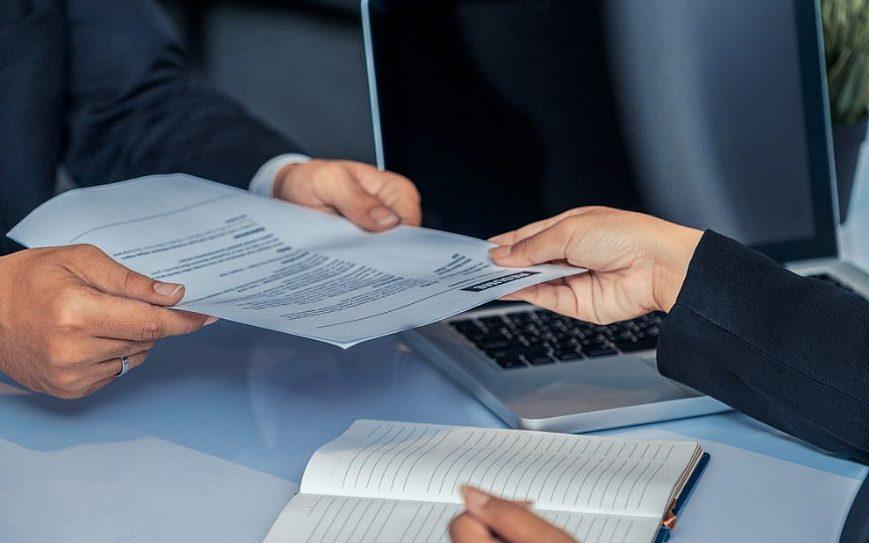As a property owner in Dubai, I frequently find myself thinking about how important it is to comprehend the property ownership transfer procedure. Understanding the nuances of the transfer procedure can help you save time, money, and a lot of difficulties when selling or purchasing a new house. Let’s now take a step-by-step look at how to transfer property ownership in Dubai.
Also see: Dubai Property Ownership Laws for Expats: What You Need to Know
1. Understanding the Basics of Property Transfer
When I initially researched property ownership transfers, I was taken aback by how simple the procedure may be—as long as you knew what to anticipate. The Dubai Land Department (DLD) oversees the transfer procedure in Dubai, which consists of a number of crucial actions that must be taken to guarantee a seamless transaction.
2. Gather the Necessary Documents
Make sure you have all the required paperwork before you even consider going to the DLD. I needed the following items when I transferred ownership:
Also see: The Most Affordable Communities for Expats to Buy Property in Dubai
You must show your title deed, which serves as proof of ownership, at the time of the transfer.
transaction Agreement: A written contract that specifies the conditions of the transaction between the buyer and seller.
Emirates ID: The Emirates IDs of both parties must be shown.
NOC (No Objection Certificate): If you have an outstanding mortgage on the property, you’ll need this from your bank, confirming that they have no objections to the transfer.
Payment Receipts: Any evidence of payment made during the sale process.
Having all these documents ready made my experience much smoother, so I highly recommend

Also see: The Ultimate Guide to Off-Plan Properties in Dubai
3. Get a Valuation of the Property
The next step is to get your property valued. In order to establish the appropriate price, this phase is crucial for figuring out the property’s market value. Using the DLD’s website, I was able to locate a registered real estate valuer. Depending on the size and style of the property, the valuation cost typically varies between AED 2,500 and AED 3,500.
Make sure to schedule your sale appropriately because the value report is only valid for 60 days after you receive it!
4. Open a Sale Agreement
It’s time to prepare a sale agreement after you and the buyer have reached a pricing agreement. All of the parameters of the transaction, such as the agreed-upon price, the payment schedule, and any other conditions, should be covered in this contract. I recall drafting this agreement with the assistance of a real estate agent, who made sure that the legal provisions were understandable and equitable to both parties.
Also see: The Best Areas to Buy Family-Friendly Homes in Dubai
5. Submit the Required Documents to the DLD
It was time for me to go to the Dubai Land Department now that I had the Sale Agreement and the property value finished. I avoided a lot of waiting time by scheduling my appointment online. When I got there, I turned in the necessary paperwork, which included the Sale Agreement, the Title Deed, the bank’s NOC, and the Emirates IDs of both parties.
6. Pay the Transfer Fees
Also see: Top 10 Waterfront Properties in Dubai for Investors
I discovered during my visit to the DLD that the transfer cost typically consists of an administrative fee of AED 580 in addition to 4% of the sale price of the property. A crucial step in the process is making sure you have your money ready. Even easy was the fact that I could pay using a credit card.
7. Finalize the Transfer
The transfer was processed by the DLD when all paperwork was turned in and fees were paid. It all happened so fast that I was pleasantly pleased. I got a fresh Title Deed verifying the ownership transfer within a few hours. Since it certifies that the property is now formally in the new owner’s name, this document is essential.
Also see: Why Dubai Silicon Oasis is the Perfect Place to Invest
8. Inform Relevant Authorities
I made sure to notify the appropriate authorities of the ownership change following the transfer. This covers any homeowners’ associations associated with the property, utility companies, and house insurance providers. A seamless transition and the avoidance of any future billing or ownership problems are ensured by keeping everyone informed.
In conclusion, a seamless transition
In Dubai, transferring property ownership can be intimidating, but it’s much easier if you know the steps. You may guarantee a seamless and trouble-free transfer by assembling the required paperwork, obtaining a property appraisal, and according to the DLD’s correct protocols.
Also see: The Most Affordable Communities for Expats to Buy Property in Dubai





